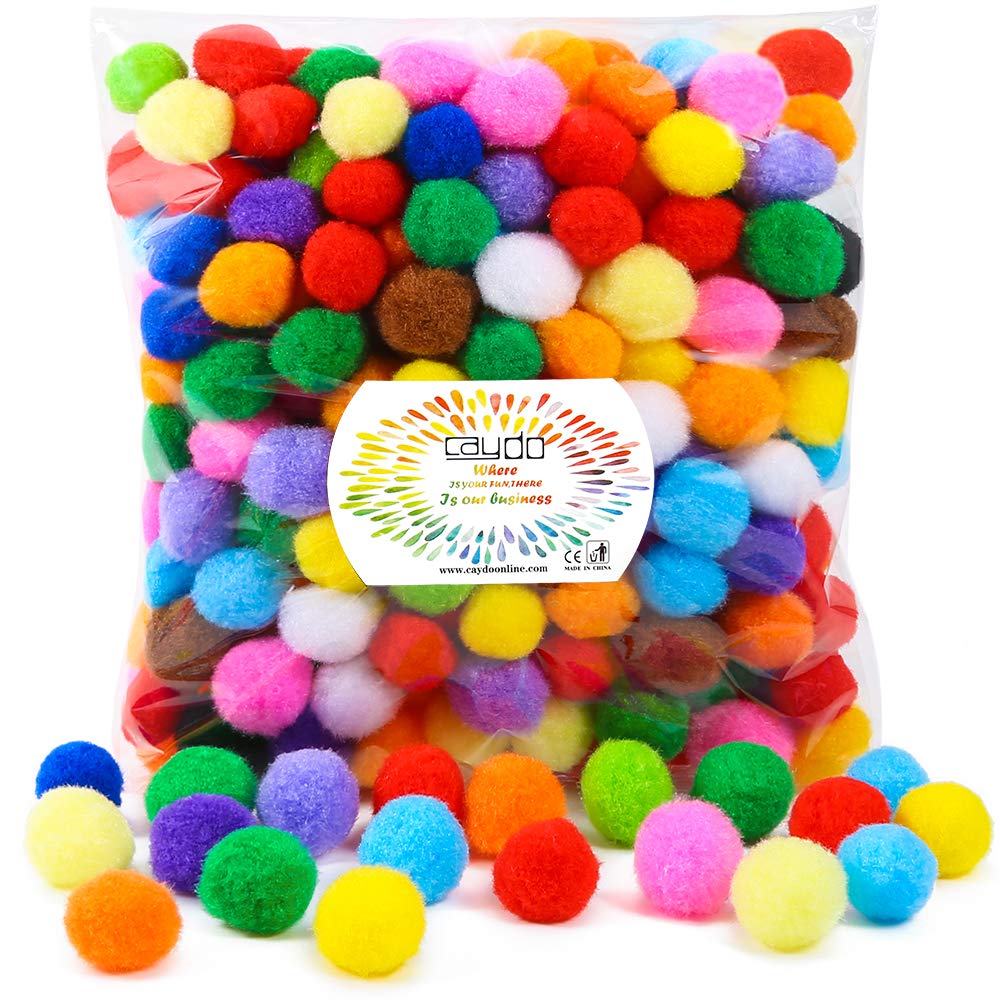Activity Sneak Peak:
- Under 1 minute set-up time
- Requires only TWO household items
- Multi-sensory and fine motor skills
- Works on learning counting, colors, and sorting
- For ages 12 months+
This pompom whisk activity is so simple and only requires 2 items. This sensory activity will help to improve fine motor skills (using the small muscles of the hands and fingers) and you can keep the activity going further to teach counting and color sorting.
My 2 year old was so excited for this activity and couldn’t wait to get started once I showed it to her.
Your toddler will love the bright colors and softness of the pompoms. They’re also so versatile to use over and over on other DIY projects or activities.
Related Post: 9 Simple Ways to Get Your Toddler to Learn Their Colors

What you will need:


What to do:
This activity is so simple!
1.Just stuff a bunch of pompoms through the slots of a whisk until it’s completely full. You can use plastic or wire. It makes no difference.
2. Demonstrate to your child how to pull out each pompom from between the wires. Teach them to use a pincer grasp (thumb and pointer only) to grab each pompom one-at-a-time.
3. Allow them time to complete it all on

4. Once they are finished pulling out all of the pompoms, have your child count them all.
5. Place one of each color out to start color sorting.
6. Have your child separate the pompoms into piles by color.
7. Have them sort the pompoms into their coordinating color pile as they say the name of each color.
8. You can go back to counting by now counting how many of each color are in each pile.
Note: Be careful if your toddler still tends to put things in their mouth as these are small enough to slip inside. They won’t like the feel of it in there, but watch them carefully.
Related Post: Edible Finger Paint for Toddlers
Skills that this activity addresses
Play is one of the best ways to encourage our children to learn
They can learn new vocabulary, problem-solving, cause and effect, shapes, sizes, colors, animals, and so many more skills through everyday play.
Hopefully your toddler will have fun playing with the pompoms, that they won’t even realize that they are learning!

You can pretty much find skills that will be improved through any playtime activity. For this Pompom Whisk activity, the following skills are being strengthened for our toddlers:
- Language/Vocabulary: Hearing and talking about different objects (pompom, whisk, soft, fuzzy, colors, numbers)
- Cognition: Learning and understanding new concepts (pull out, sort colors, counting)
- Fine motor skills: Strengthening and coordinating the muscles of their hands by using a pincer grasp to pull pompoms out. Also, working on bilateral coordination (using two hands together in different ways) by holding the whisk still with one hand while using the other to pull out the pompoms.
- Sensory: Feeling and seeing different textures can be calming or stimulating for a child. They will get to explore the softness of the pompom and hardness of the whisk.
Related Post: Painting with Water: A Clean Toddler Sensory Activity
Ways to incorporate cognition and language
You really can and SHOULD incorporate cognition (knowledge) and language into any activity you are doing with your little one. Just merely talking through the steps that they’re performing will help build their vocabulary and understanding about new words and concepts.
Remember that your toddler is constantly listening and absorbing everything around them, including language. Repetition and overuse dramatically increase your child’s ability to learn and retain new words.

Here are a few ways to build cognition and language during this activity:
- Point to a pompom and say or ask, This is pink or What color is this?
- Ask them to point to the green pompoms, pink pompoms, etc.
- Work on concepts like in, out, on top, under, sort, count
- Vocabulary words such as pompoms, whisk, colors, numbers, pile
Ways to work on fine motor skills
Fine motor skills allow us to use the small muscles of our hands and fingers. They enable us to grab, manipulate, turn, twist, and hold objects.
Bilateral coordination also allows us to use both hands together in a coordinated manner usually to transfer objects and stabilize with one hand to manipulate with the other.

This activity can help develop these skills in a variety of ways.
- Have your child only use a pincer grasp (thumb and index finger) to pull out and sort pompoms.
- Transfer the whisk from one hand to another
How did your toddler like this activity? Write in the comments below!

